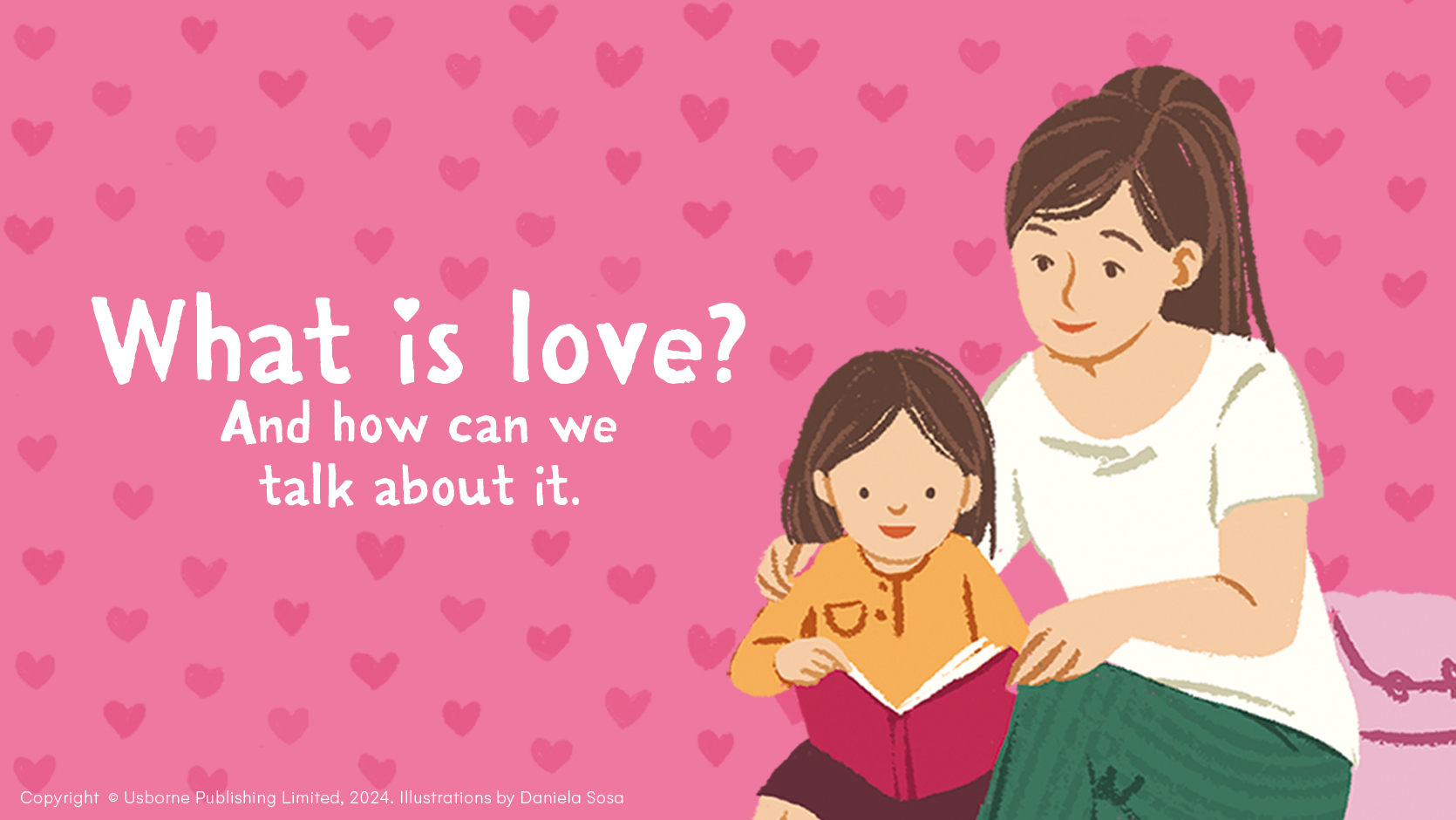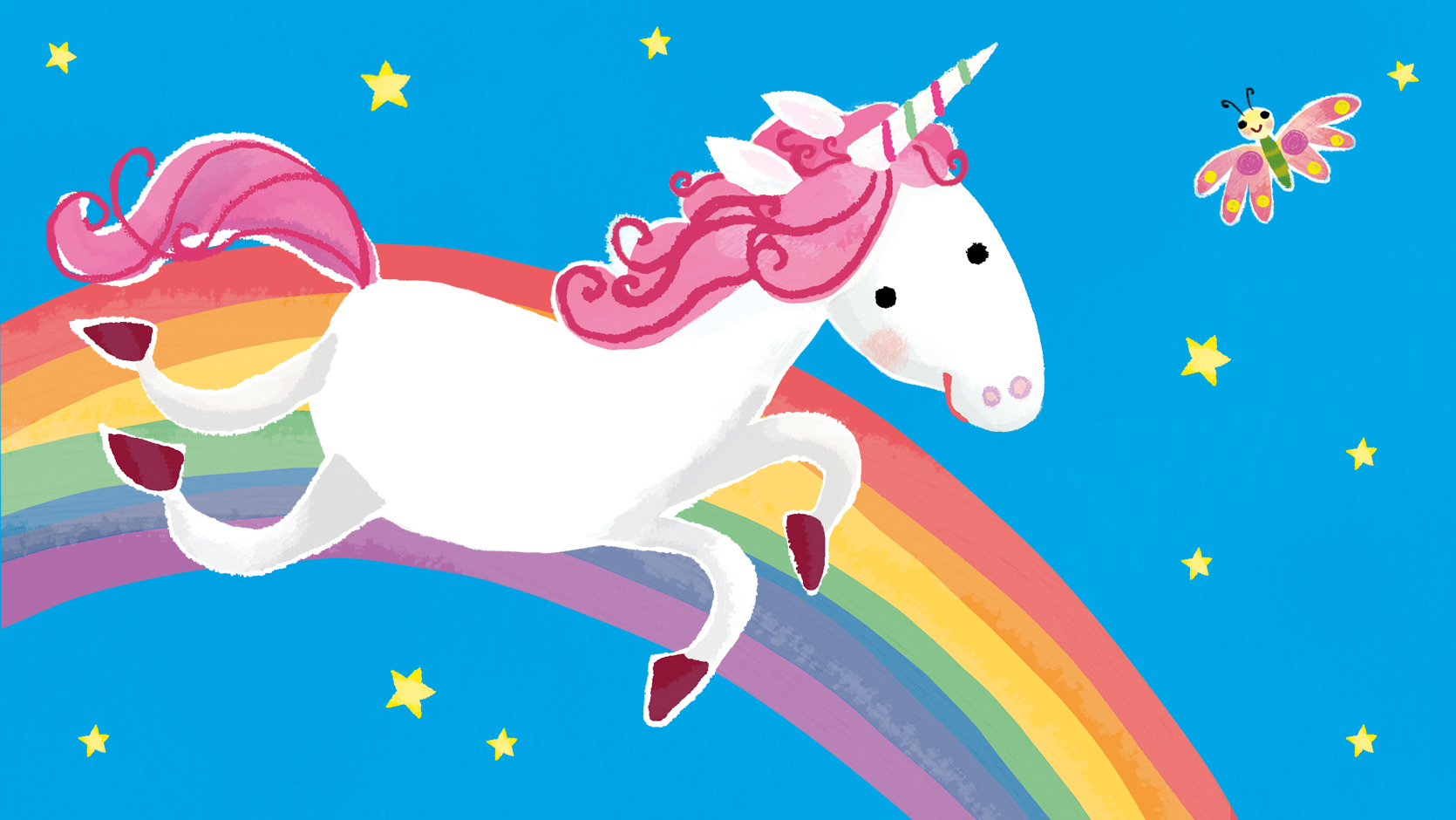- Behind the scenes at Usborne
How to turn a book into a drum kit
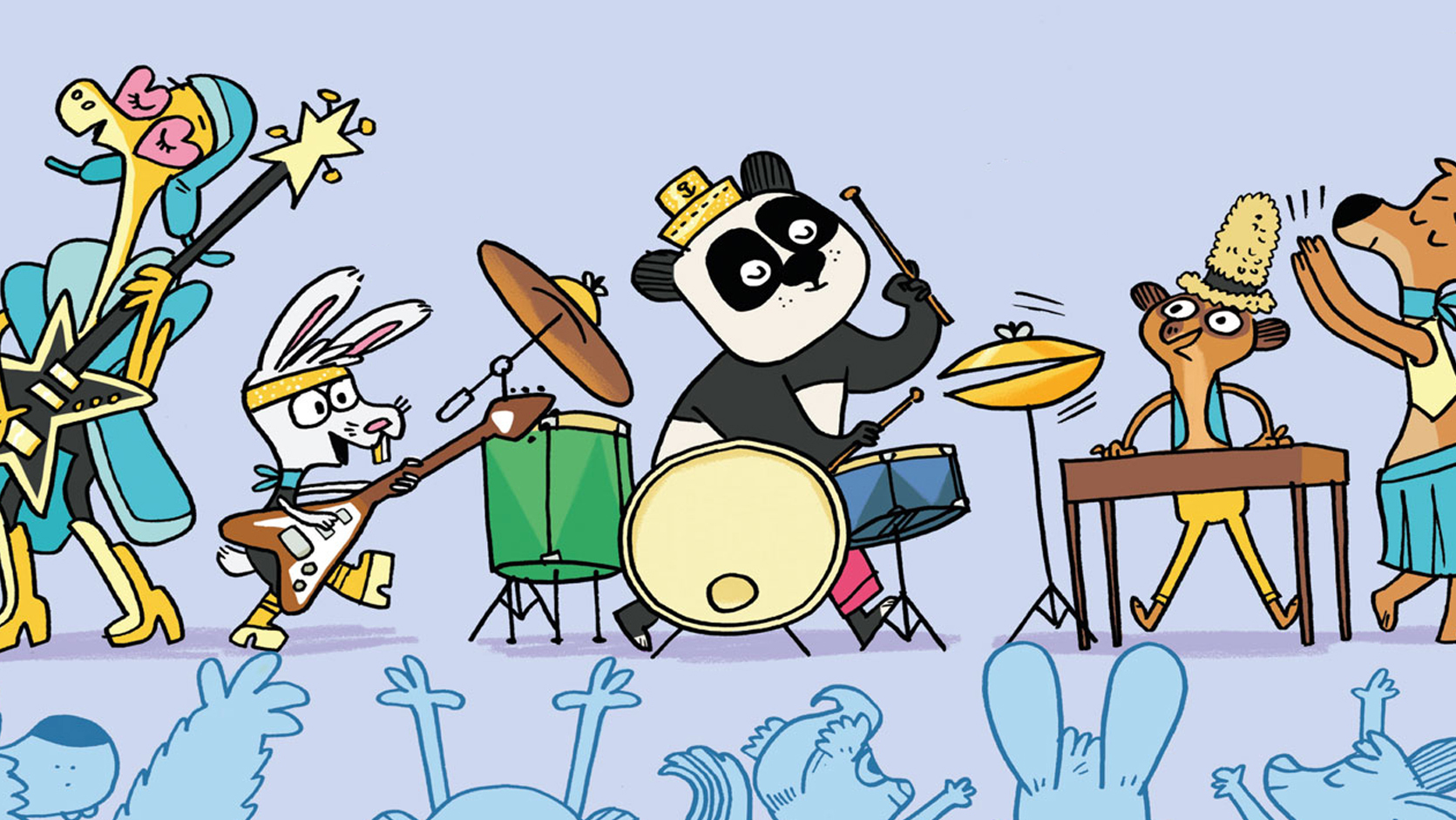
Sam Taplin, author of My First Drumming Book, reveals how he created a book with an interactive drum kit – and why it needed a last minute overhaul before production.
Over the last few years we’ve had a lot of success with our keyboard books, which come with a virtual keyboard you can play. We thought the idea of a drumming book along the same lines was exciting, but nothing like this had really been done before so we had to do a lot of thinking and experimenting to take this project from a vague concept to an actual book that feels logical and is fun to use.
Every book we create comes with its own challenges and questions, and this one had more than most. Which drums would you play? Would you play solo, or play along with music? And, above all, if you did play to music, how were we going to teach you to do that? How would you know when to press each drum?
If our instructions just said that readers should play whatever they liked, that didn’t seem satisfying at all – you wouldn’t actually be learning anything about playing the drums and the book would feel a bit pointless. On the other hand, if we tried to be very specific about which drum to play at each moment, it might feel too fiddly and difficult.
So what were we going to do about this? Answering that question turned out to be the key to making the book work.
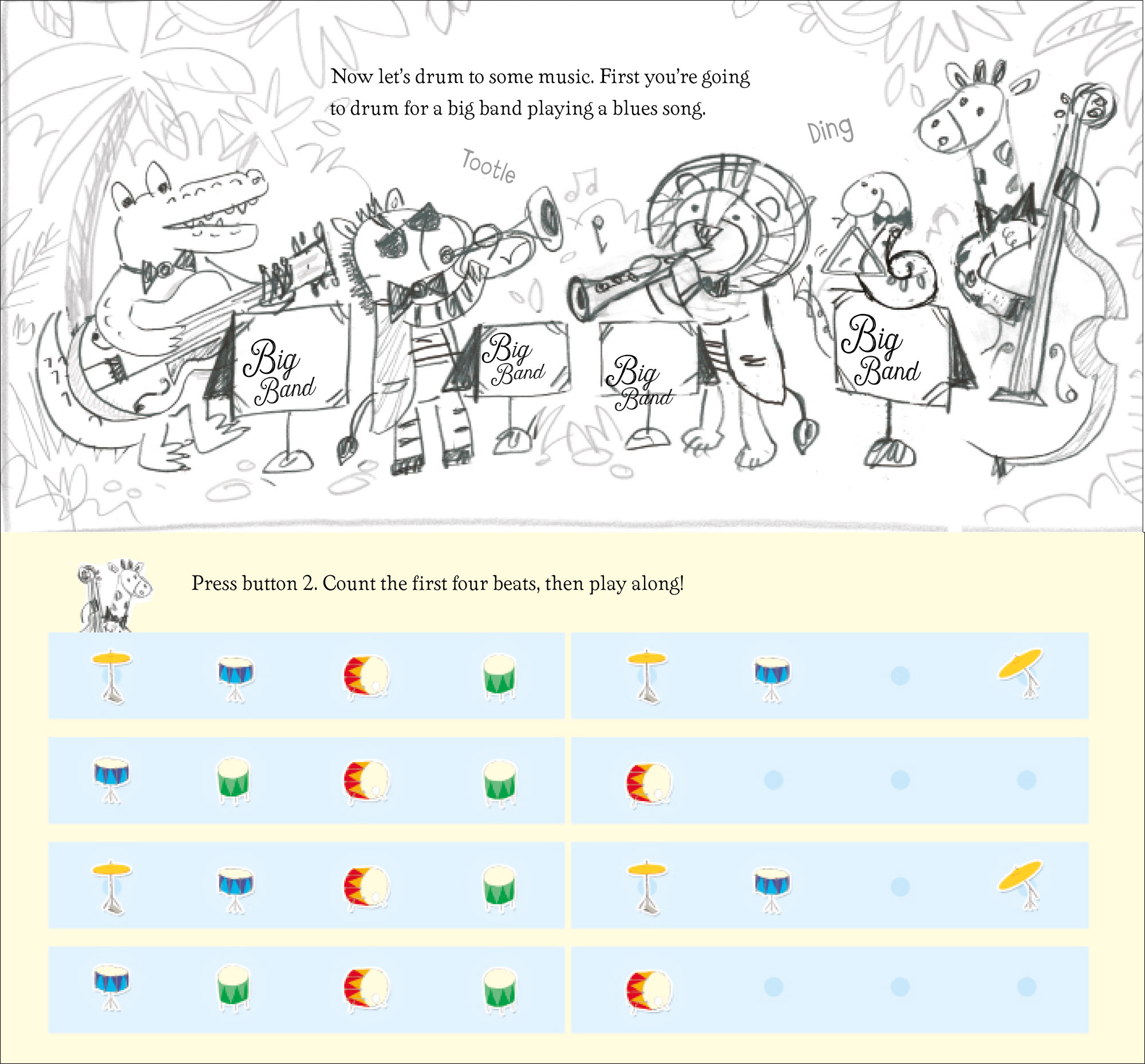
An early design for the blues song in My First Drumming Book, with an 8-bar drum pattern to follow
All of our sound-chip books are collaborations between the editor, the designer and the audio producer and it’s very important that all three people are involved at every stage of the process. You want to make something where the words, the pictures and the sounds are all complementing each other, which is harder than you might think.
When you get it right, the results feel very simple and straightforward – but the journey to that point is often anything but. I had many long phone calls with Matt Durber (the designer) and Anthony Marks (the audio producer) as we started to put together a plan for the book.
Early on we decided that music should definitely be part of it, because it’s much more fun when you’ve got something to drum along to. So now we needed not just one set of buttons to press (for the drums) but also a second set of buttons to press to activate different pieces of music to play along with.
Anthony wrote little pieces in five different styles (blues, pop, reggae, funk and a marching band) because we liked the idea of giving people a variety of types of drumming to do. Now we had to make sure that the music and the drums were going to be the right volume, so that the music didn’t drown out the drums or vice versa. Again this sounds like a simple task, but in the end we had to ask for five different prototypes from the printers so we could test out the buttons and make sure it was all going to sound good and that the volume was balanced just right.
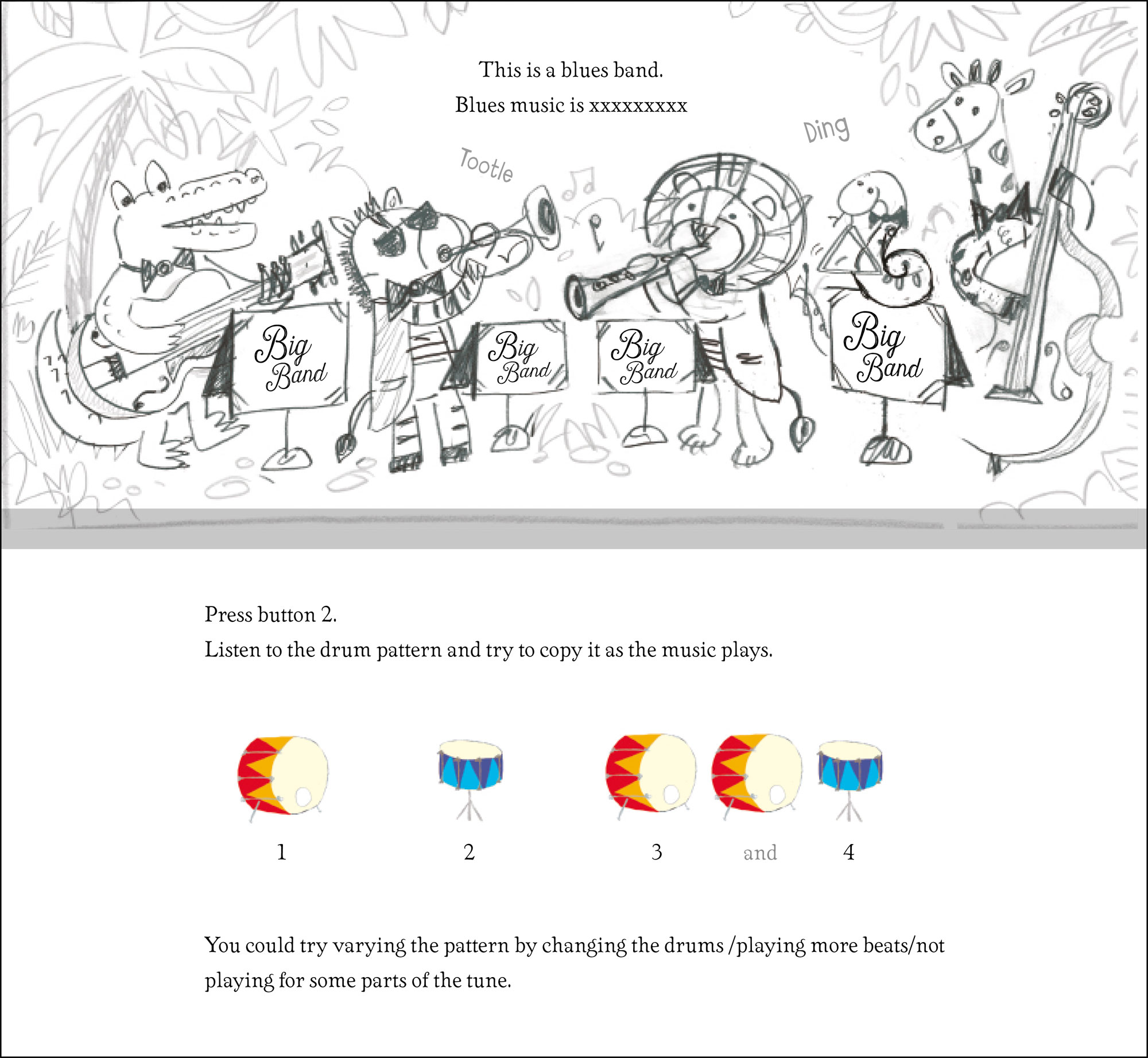
An intermediate design, with a less complicated drum pattern
We still had our biggest problem to solve though – how to explain what you were going to play. Our first solution was to divide each piece of music up into separate bars and show you exactly what to play on the drums for each bar.
We settled on this approach because it seemed to be the only way to do it, and we started designing the book. But all along we had doubts about whether it was going to feel too complicated if we did it this way.
Then, fairly late in the process and with a deadline already looming, we realised there was a much better way to do it – each piece of music would begin with a simple drum pattern for you to hear, and then you would copy that pattern and carry on playing it all the way through. This might not sound like a big change but it completely transformed the way the book works – instead of feeling hard for the reader, it suddenly felt inviting and accessible.
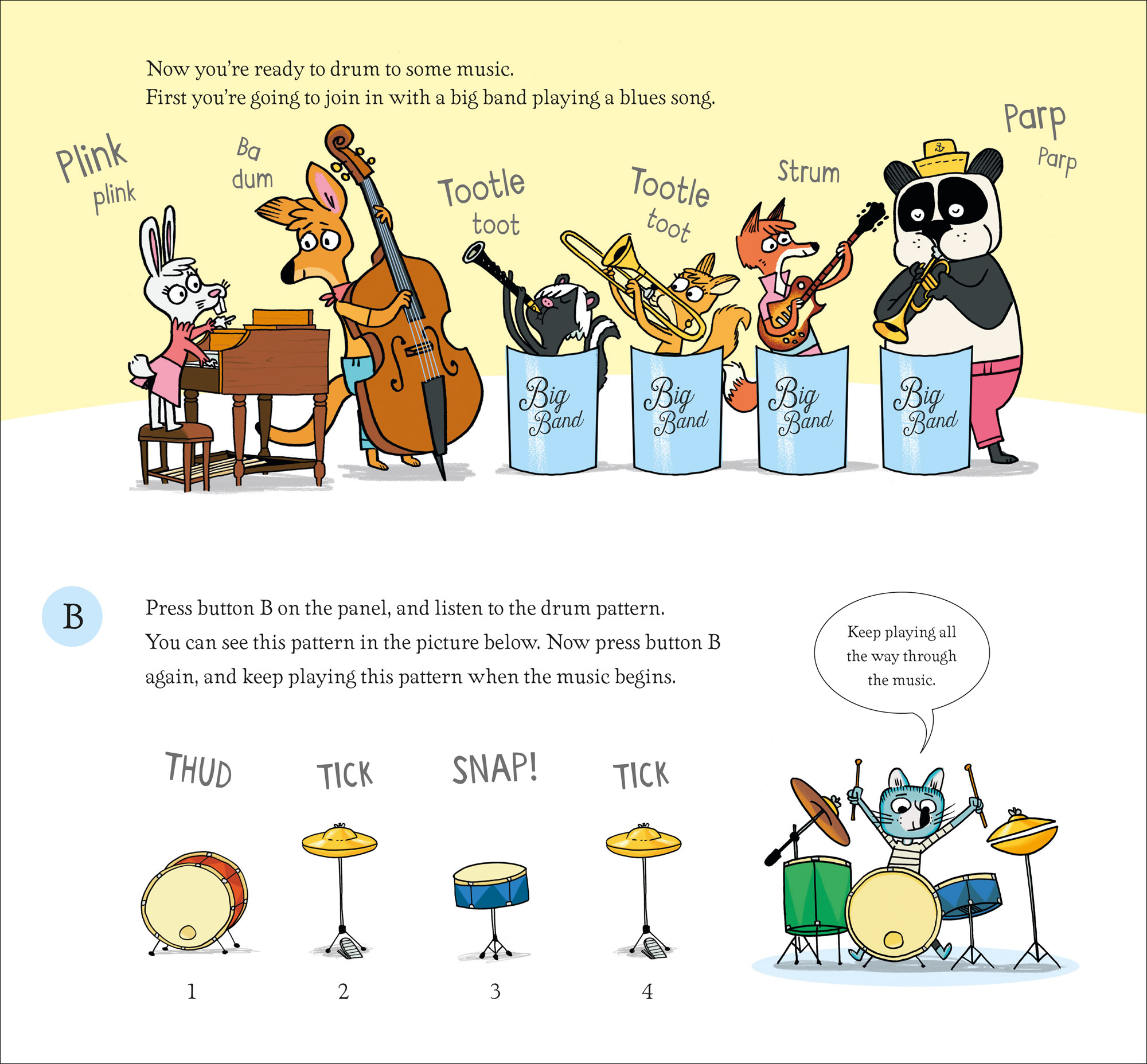
The final design, featuring a much simpler drum pattern to follow and clearer background
Having finally arrived at this solution, we sent our designs to Luke Seguin Magee, the illustrator, and he brought our ideas to life with lively and amusing animal characters. And, a few months later, a finished copy of the book arrived at my desk.
We hope it might inspire children to discover the world of music and drumming – it’s nice to think that it could provide the first few steps for young people who actually go on to be musicians one day. And hopefully it’s lots of fun too. When I look at the book now, it reminds me (as all our books do) that it can be very difficult to make something that looks simple!




